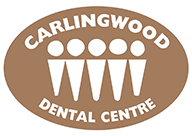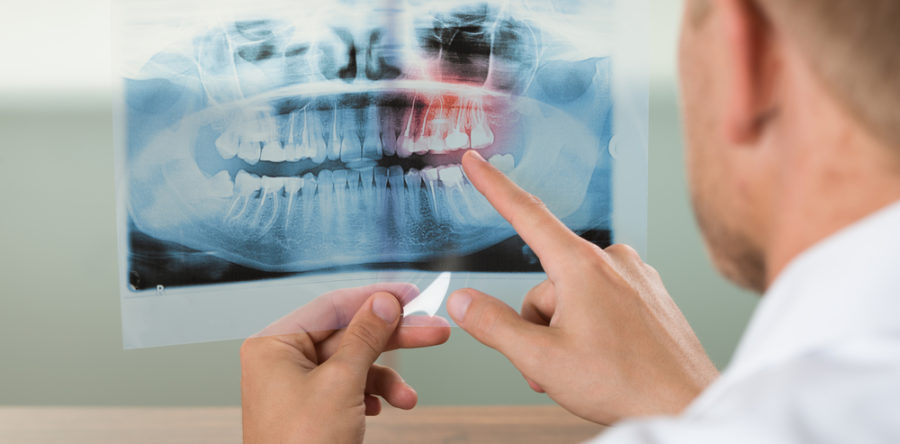When it comes to the state of your mouth, gums, and teeth, it’s not always as easy to detect what’s happening beneath the surface by simply looking. That’s where X-rays assist dentists by utilizing the radiograph to look beyond the superficial layer and analyze the state of your mouth thoroughly for any issues, such as tooth decay, impacted teeth, bone loss, infections, tutors, cysts, abscesses and more.
Here’s a little insight as to why X-rays are so important for maintaining good oral health.
X-Rays Diagnose and Determine Treatment
Using the power of the radiograph, your dentist can analyze the inner workings of the teeth and gums and pinpoint and detect any problems that may not be noticeable at the surface level. And once any issues are detected, it allows your dentist to properly determine the best course of action for necessary repair and treatment.
Two Main Categories
The two main categories of X-rays are intraoral and extraoral. The first one – intra – takes X-rays within the mouth, and the second – extra – takes them from the outside. Since the intraoral can provide greater details of the mouth, including the tooth, bone, and supporting structure, it is the most commonly used.
Variety of X-Rays Used
Did you know that there are a variety of different X-Rays that are performed? Some of the most common include, Periapical, Bite-Wing, Panoramic, and Occlusal.
Each of these serves a particular purpose when it comes to analyzing various aspects of the mouth. For example, panoramic shows an overview of the teeth, jaws, nasal area, sinuses, and joints of the jaws, whereas periapical displays a thorough view of just the tooth.
How X-Rays Can Benefit Your Mouth
As the X-rays penetrate through your mouth, it highlights any weakened areas. This in turn allows preventative measures to be incorporated into your oral hygiene routines.
In essence, X-rays help to identify cavities, analyze conditions of the roots, determine if any additional treatments are necessary, such as orthodontic care, and it allows dentists to monitor the overall development of your teeth. This allows any minor issues to be caught before they can potentially escalate into much greater problems.
X-rays are an essential diagnostic tool that assist in dental treatment plans. It’s one of the most important tools for monitoring oral health and determining how to resolve any problems. They provide dentists with the ability to see beneath the superficial layer and analyze those detailed layers to help you maintain a healthy mouth and smile.


